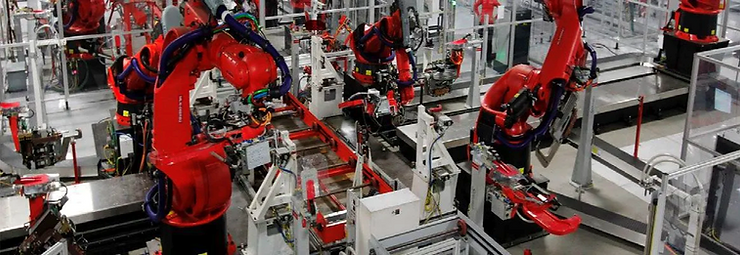By: Sunnie Gao
In a Wallace and Gromit clay-animated movie “The Wrong Trousers,” a pair of futuristic pants lets people walk on walls and ceilings. Researchers in England say this may have sparked the idea of robotic clothing. They created “Right Trousers,” a pair of pants embedded with electrical pumps that could force air into tiny tubes to make them expand. These pants can help elderly people with disabilities get up easier and improve blood circulation.
Starting a trend, university labs all across the world are now working to expand the progress of robotic clothing, bringing us closer to a reality where the clothes that we design can help make life easier and healthier.
“We’re sort of at the pre-iPhone announcement [stage],” said Yoel Fink, a materials science professor at MIT. “It’s very, very exciting.”
In June, researchers in Australia created robotic textile fabrics. These can make the fabric move automatically. And last year, researchers at MIT fabricated computer programmable threads to build fiber batteries using battery gels that could be embedded into clothes and power robotic textiles.
In recent years, companies have started to release smart clothing. Companies like Levi’s, Yves Saint Laurent, and Adidas have started to put sensors in denim jackets, backpacks, and shoes, letting users access their phones instantly, swiping sleeves to change music. Wearablex, a fashion technology startup, has also created yoga pants that emit vibrations to correct your posture through a smartphone.
Researchers have said their work is at a turning point and could soon unlock an era where clothing will act more like a computer, sensing how your body feels and telling your clothes how to help. In the coming decade, scientists said customers can expect a wide range of futuristic offerings: pants that can help lift elderly or disabled people, athletic socks that can promote blood flow through automatic compression, and maternity clothes that could passively track fetal heart rates to improve pregnancy outcomes.
At the University of New South Wales, researchers have created fabrics that can shapeshift. Than Nho Do, a senior lecturer at the school said his team has created tiny silicon tubes similar to the size of yarn that can weave into sheets of fabric. These tubes, triggered by electronic or thermal stimulation, can make fabric take various preprogrammed shapes.
However, there still are some kinks to work out for Do’s team. One problem is the robotic tubes are too bulky, adding weight to the yarn and other fabrics. Currently, they have a .5-mm diameter and are aiming for 0.1mm, roughly the size of an average syringe needle tip.
Many researchers agree that it will take some time and lots of challenges before “smart textiles” can reach their full potential.
Rebecca Kramer-Bottiglio, a professor of mechanical engineering at Yale University is one of them. “It will be challenging to make these clothes, filled with fibers and technology, durable enough to withstand multiple cycles in the laundry,” she says. She also noted that Kramer-Bottiglio noted that size will be a challenge too. “The added bulk of specialized fibers could make wearable smart textiles uncomfortable or difficult” to put on or remove, and researchers also have to find the most optimal way to make fabrics lightweight.











